A SHORT ESSAY BY PARIS MEXIS*
Monsters: Frightening, harmful supernatural beings with one, or none or a multitude of eyes, hands, heads, legs, tails, tentacles and wings. Slimy, hairy, scaly, gelatinous, porous, gooey and sticky. Shocking, strange and unpredictable.
A monster is the personification of anything we fear. We bestow it, or rather curse it, with all that we either hate and/or consider abnormal. By identifying a monster we simultaneously set our limits between what we consider as acceptable and not, based on our perspective of “normality”. In other words to confront one’s monsters is to challenge his notion of what he considers as normal.
Beetroot
For more than eleven years the work of Beetroot Design Group can hardly be considered normal. Beetroot manages to discover and utilize the true essence of a brand, product or service and proudly expand it in a way that it becomes recognized, appreciated, and praised all around the globe. By finding, revealing, exploiting and creating, the misunderstood, the misinterpreted, the peculiar, the odd and the extraordinary for a wide range of clients, including some of the most established brands in the world; Beetroot developed their signature “never-the-same-thing-twice” work that won international acclaim.
The Concept
This exhibition is typical of Beetroot’s out-of-the-box way of responding to a design opportunity by turning an exhibition space into a design statement: The Greek Monsters displayed here as sculptures, idols and stencil graffiti, stand as symbols of all that is unconventional, sometimes shocking and unpredicted in communication design, while introducing us to some key-themes in Beetroot’s practice.
Furthermore, by mentioning their nationality in the title of the exhibition (Greek), together with the word Monsters, Beetroot attempts a subtle political statement: In 2010 the European sovereign debt crisis, mostly centered on events in Greece, where the cost of financing government debt was rising. Although the Eurozone countries and the International Monetary Fund supported and still support Greece, its credibility was put under serious criticism that often escalated to indelicate offends from a large part of the media. Greece is arguably Europe’s new Monster. Beetroot accepts this “label” but only to reverse (or even add to) its meaning. Beetroot creates regardless of prejudices, characterizations and groupings.
The exhibition
The exhibition is constituted by an arrangement of three dimensional sculptures (a three meter high sculpture of a Minotaur, an idol of a Cyclops and an installation of three Stymphalian Birds), a painted frieze and “postcard portfolio”.
Each one of the three dimensional exhibits, namely The Minotaur, The Cyclops, and The Stymphalian Birds, are paired with an information plate (that may also be found in the exhibition catalogue) that instead of stating the “origins and history” of the artifact they correspond to, are sort poems on the practice each exhibit represents.
On the exhibition space walls, a long stencil graffiti “frieze” depicting more new-hieroglyphic monsters, manages to fuse a seemingly archetypal iconography with an iconoclastic edge.
The arrangement that may reminds us of a gallery, complete with a postcard rack full of Beetroot’s specially designed “free-postcard portfolio”, is an attempt to blend the boundaries between a communication design campaign, a primitive art installation and an archaeological museum exhibition.
Beetroot welcomes us to engage with its monsters and stories that re-invent and re-introduce a Greek creative identity which is both timeless and global.
Be(a)ware of the Greek Monsters.
* Theatre and opera director and designer Paris Mexis is the curator and designer of Beetroot’s “The Greek Monsters” exhibition for the red-dot communication design awards 2011 He also wrote the poems that are used in the exhibition[www.parismexis.com].
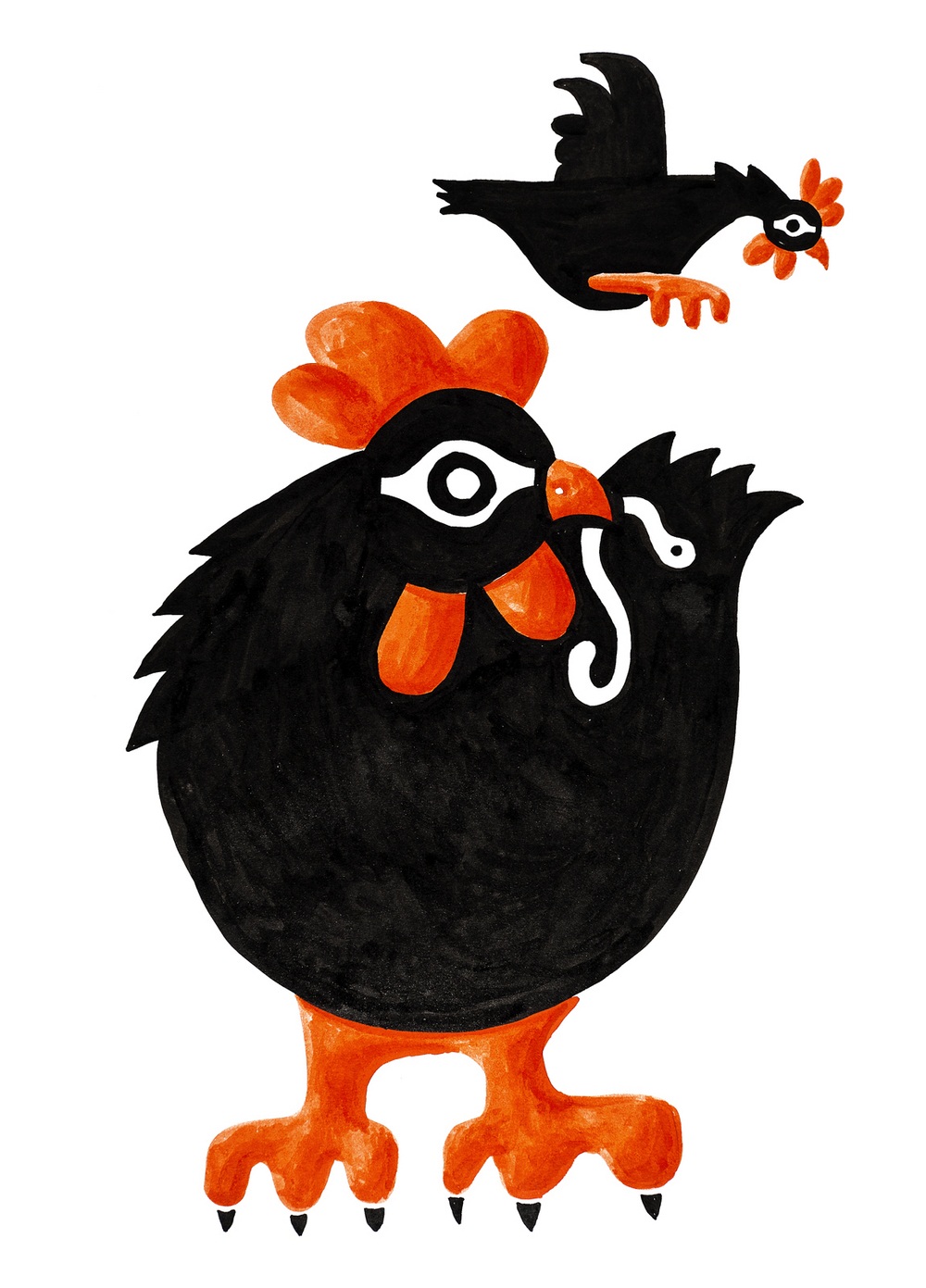 STYMPHALLIANBIRDS
STYMPHALLIANBIRDS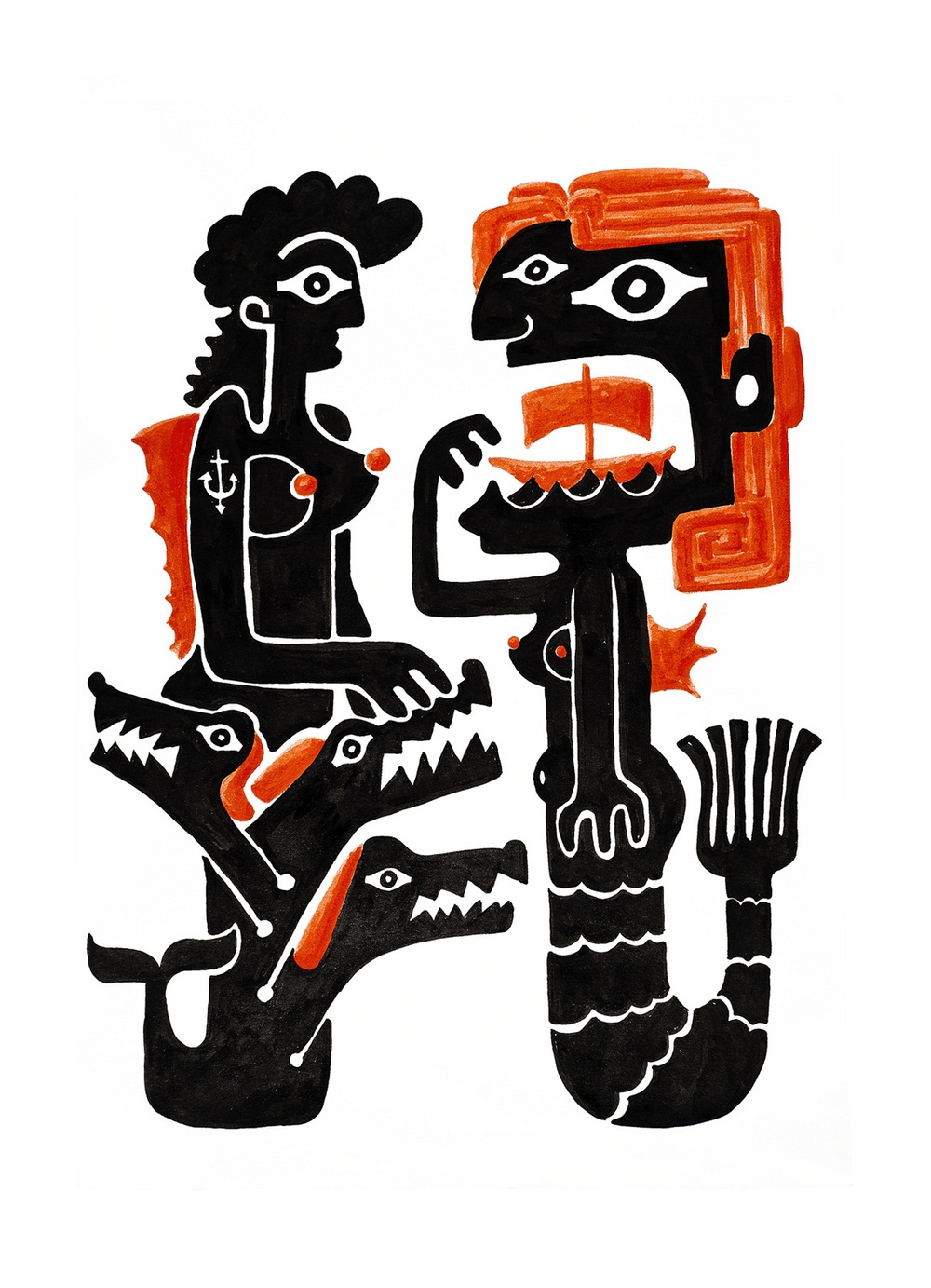 SCHYLLA_CHARIBDIS
SCHYLLA_CHARIBDIS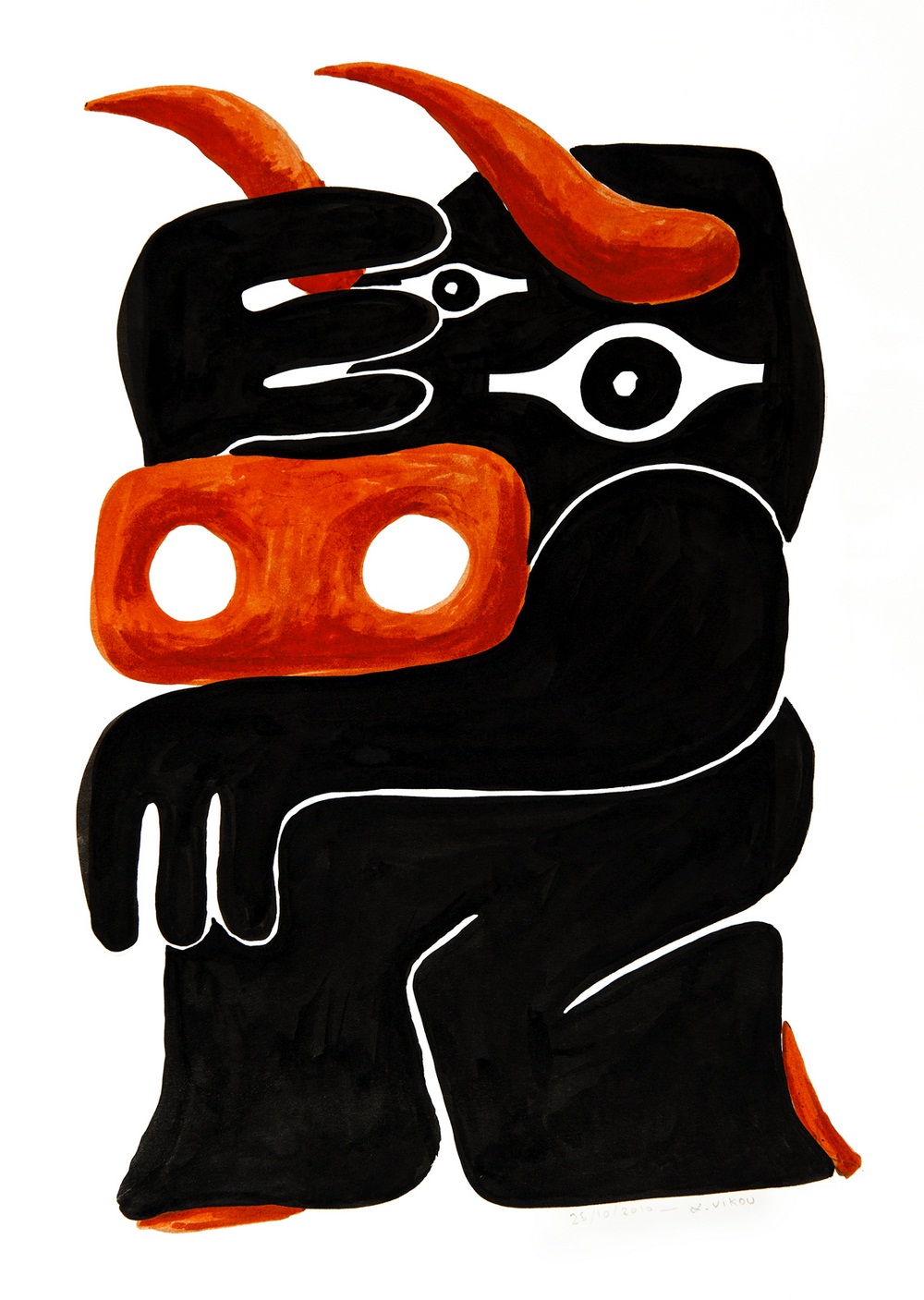 MINOTAUR
MINOTAUR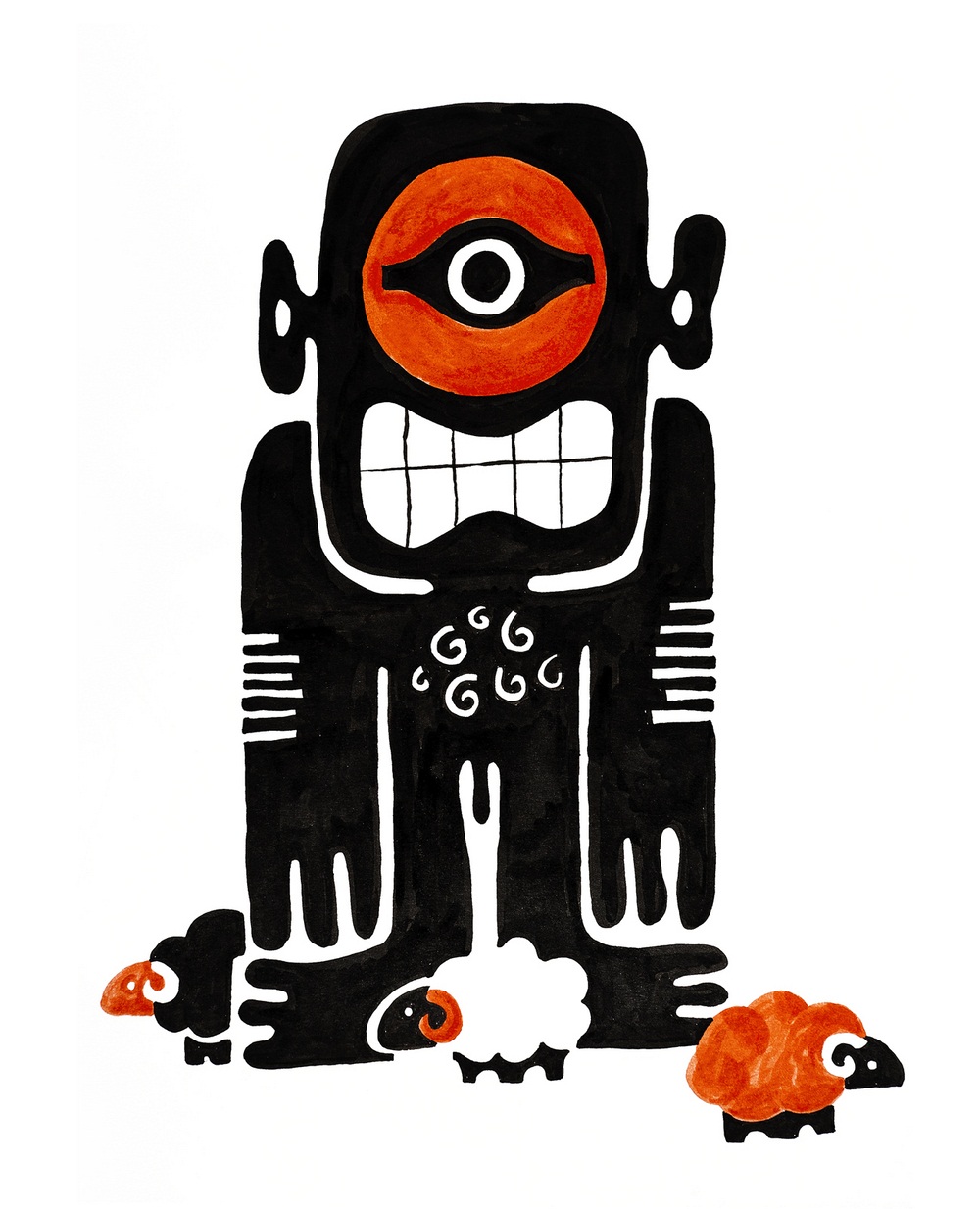 CYCLOP
CYCLOP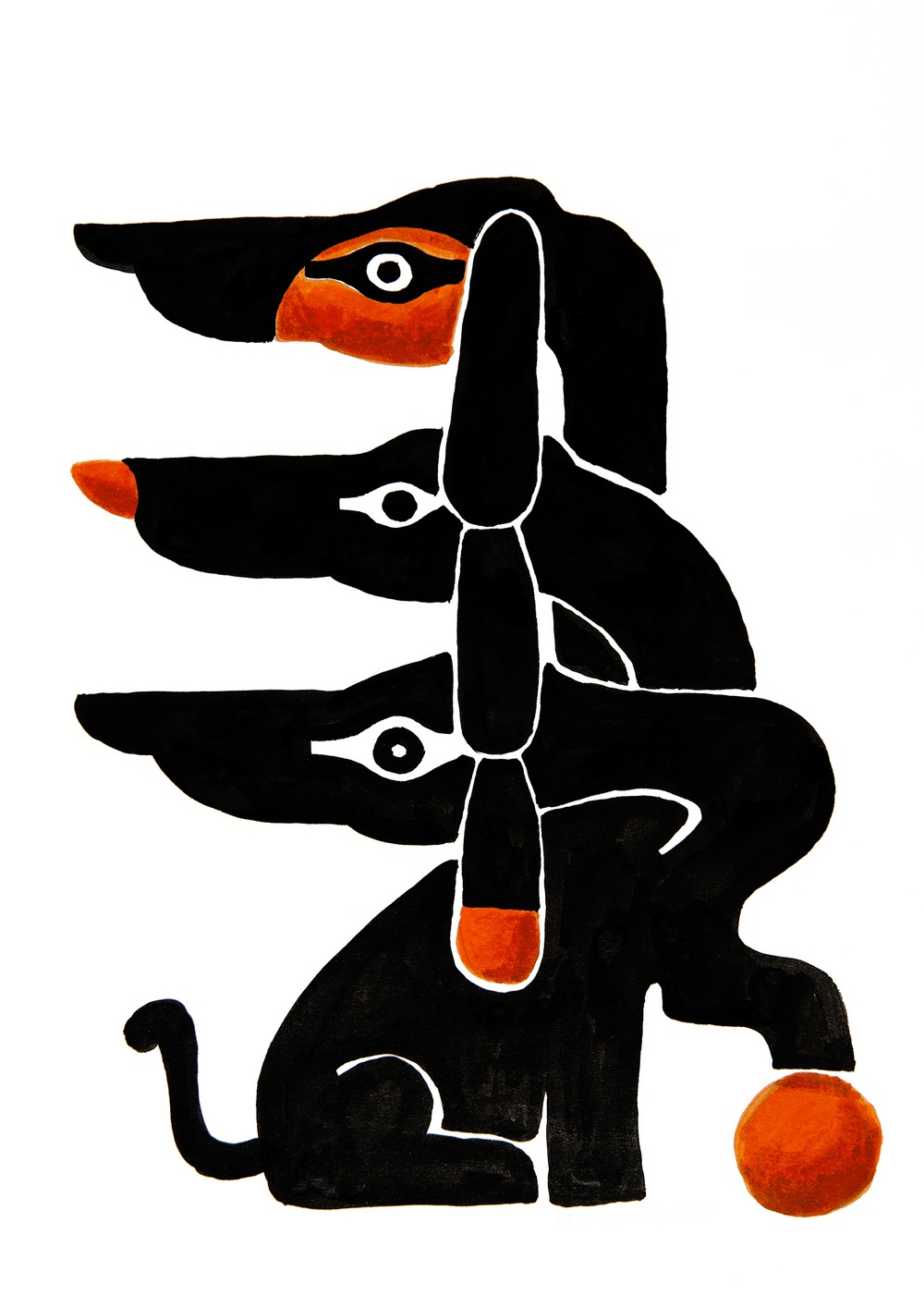 CERBERUS
CERBERUS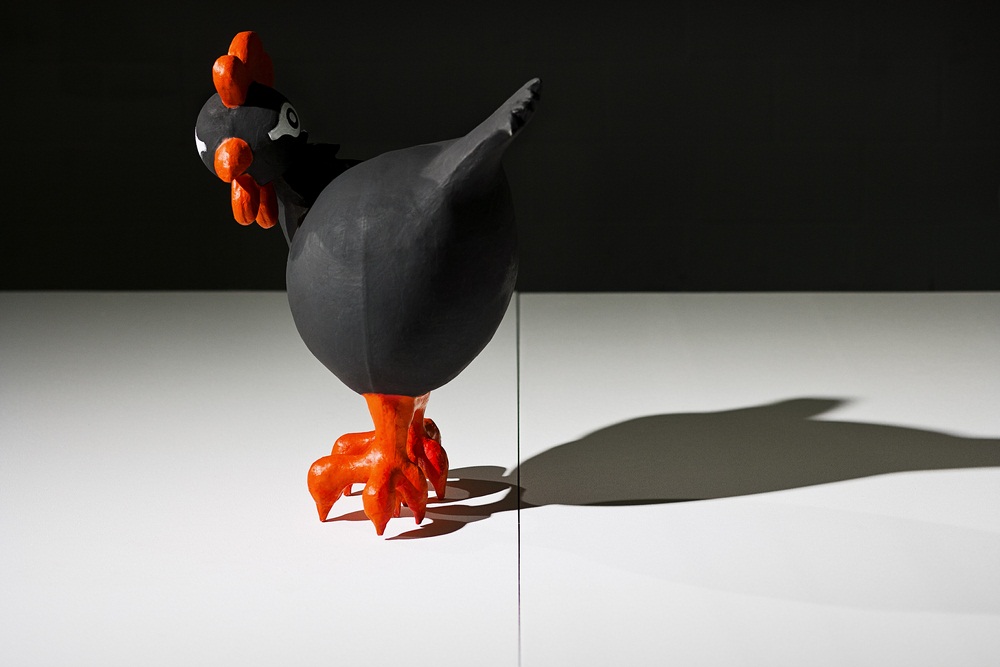 BEETROOT-REDDOT-GREEKMONSTERS
BEETROOT-REDDOT-GREEKMONSTERS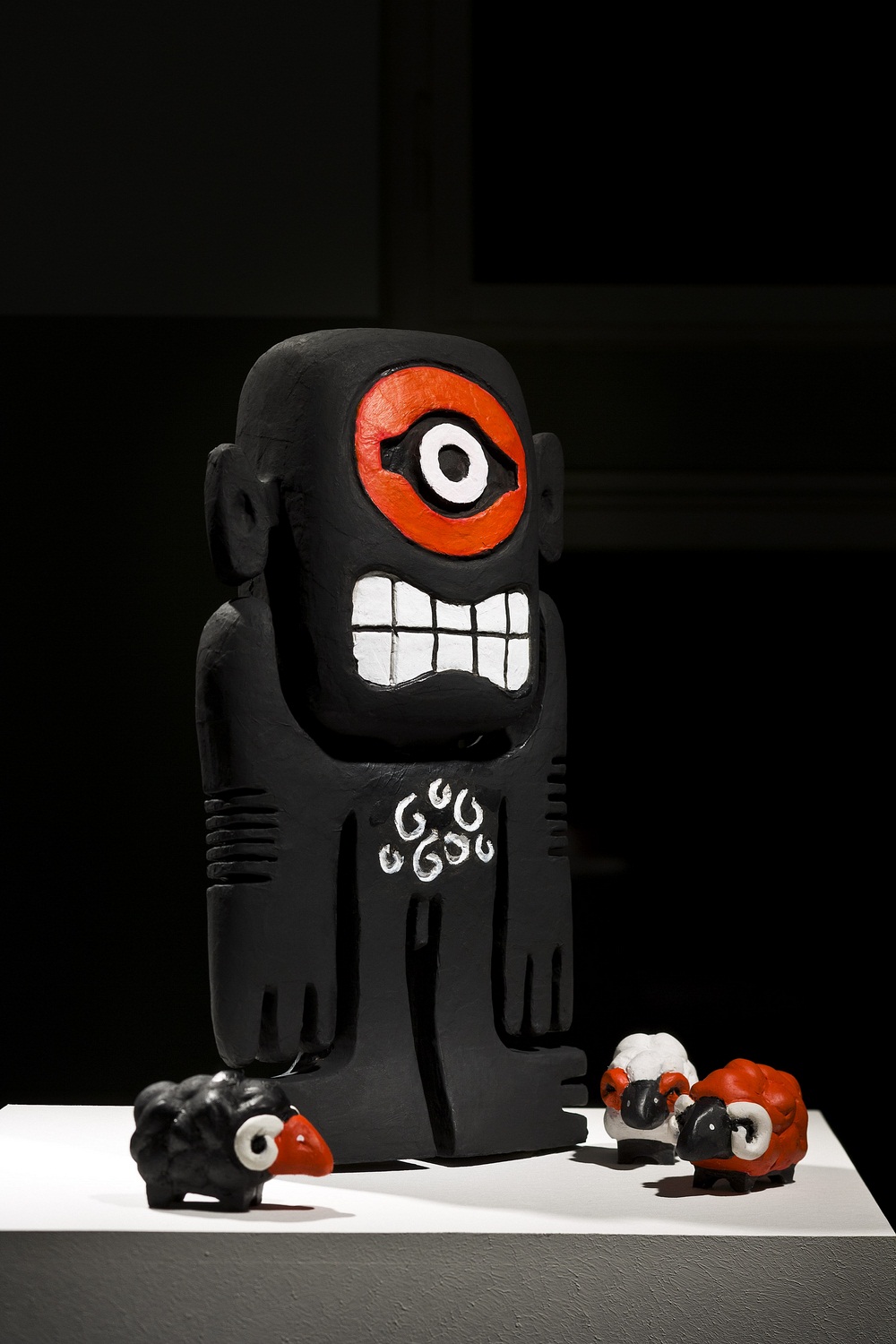 BEETROOT-REDDOT-GREEKMONSTERS
BEETROOT-REDDOT-GREEKMONSTERS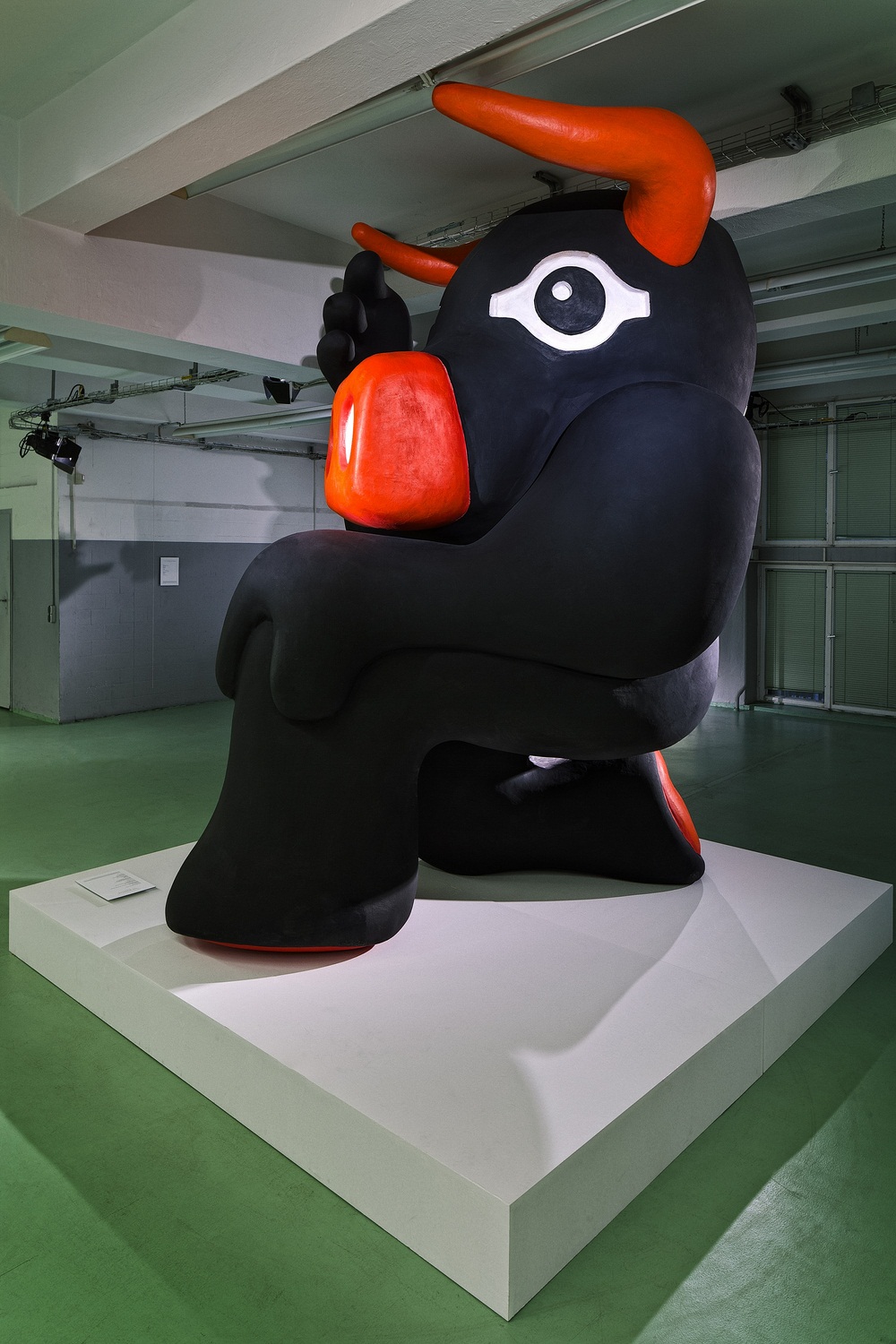 BEETROOT-REDDOT-GREEKMONSTERS
BEETROOT-REDDOT-GREEKMONSTERS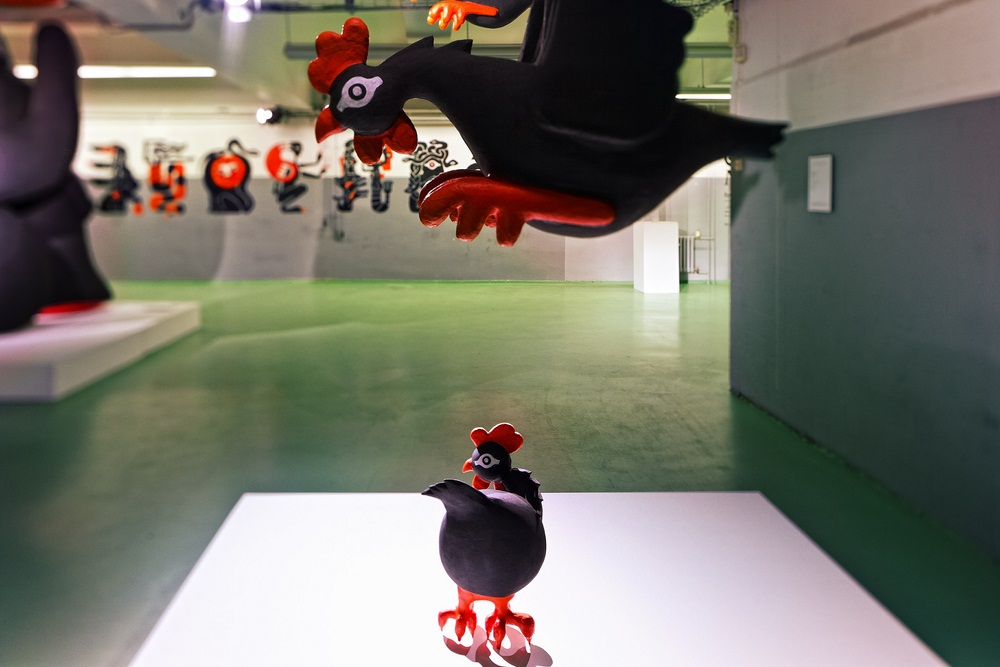 BEETROOT-REDDOT-GREEKMONSTERS
BEETROOT-REDDOT-GREEKMONSTERS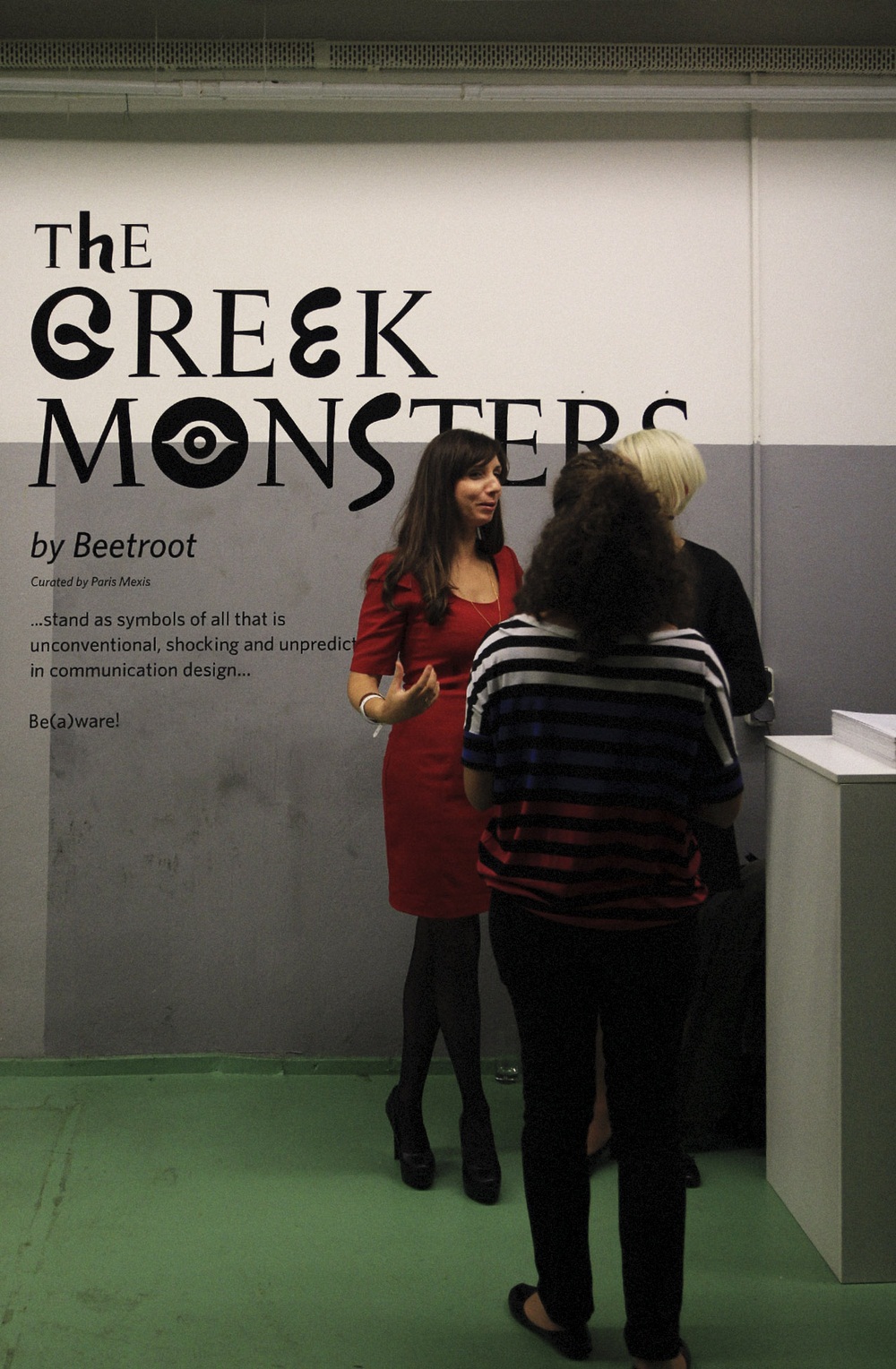 BEETROOT-REDDOT-GREEKMONSTERS
BEETROOT-REDDOT-GREEKMONSTERS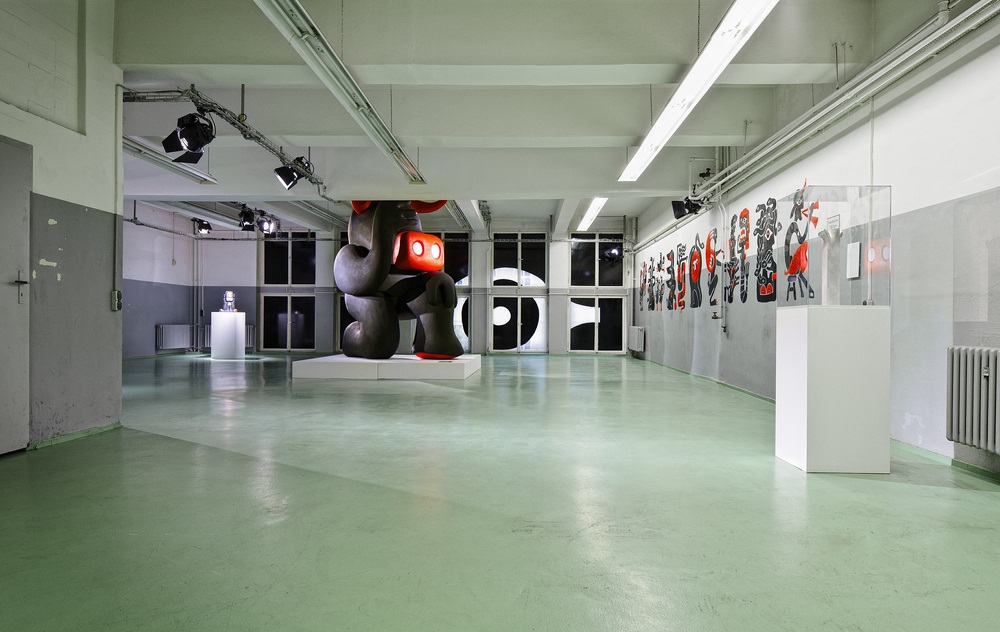 BEETROOT-REDDOT-GREEKMONSTERS
BEETROOT-REDDOT-GREEKMONSTERS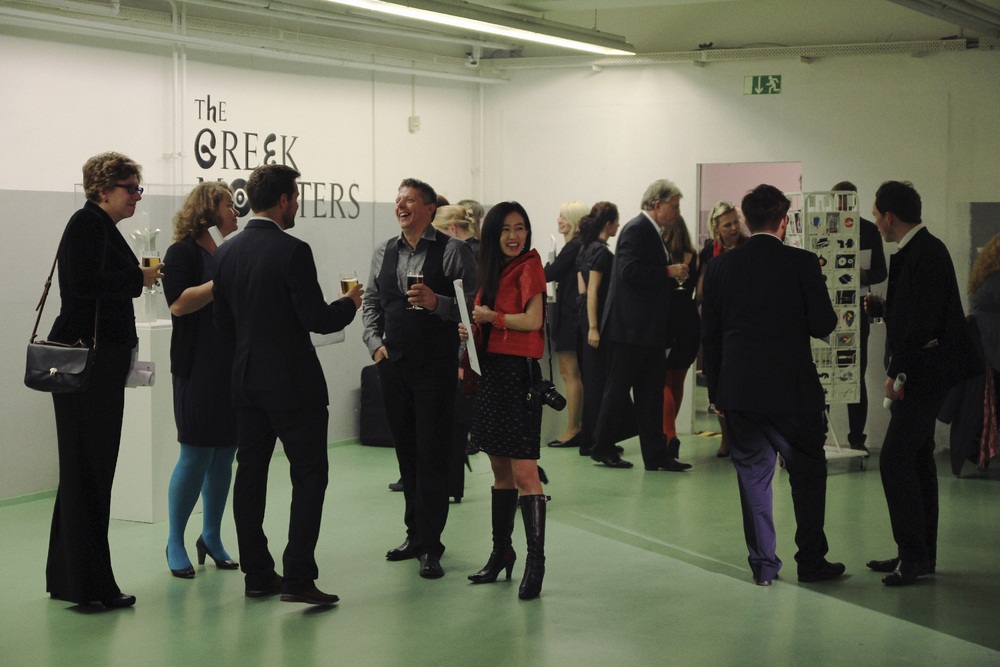 BEETROOT-REDDOT-GREEKMONSTERS
BEETROOT-REDDOT-GREEKMONSTERS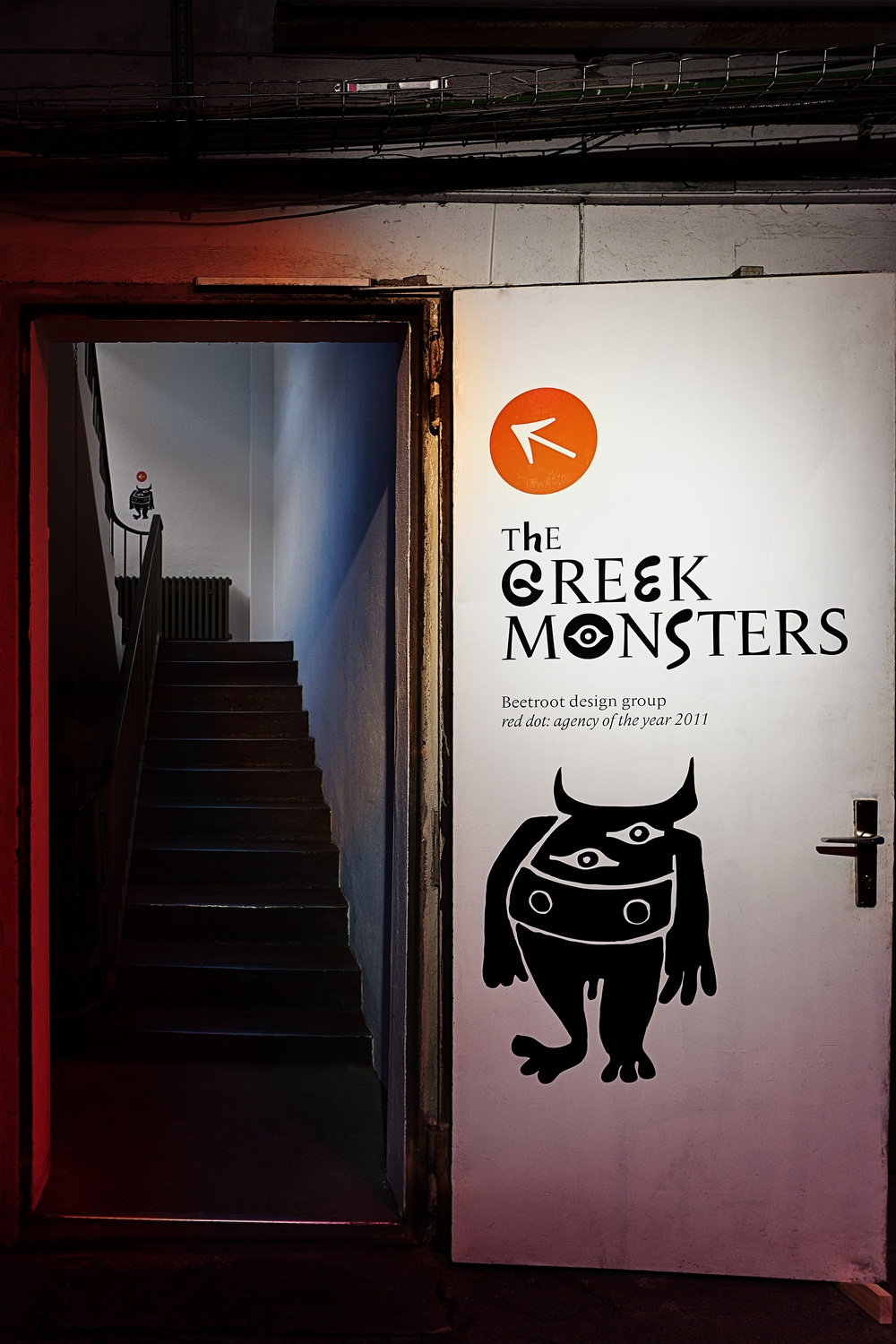 BEETROOT-REDDOT-GREEKMONSTERS
BEETROOT-REDDOT-GREEKMONSTERSREAD ALSO: Η OPENIT ΔΗΜΙΟΥΡΓΕΙ ΤΟ ΝΕΟ iPHONE APP ΓΙΑ ΤΟ ARCHISEARCH.gr